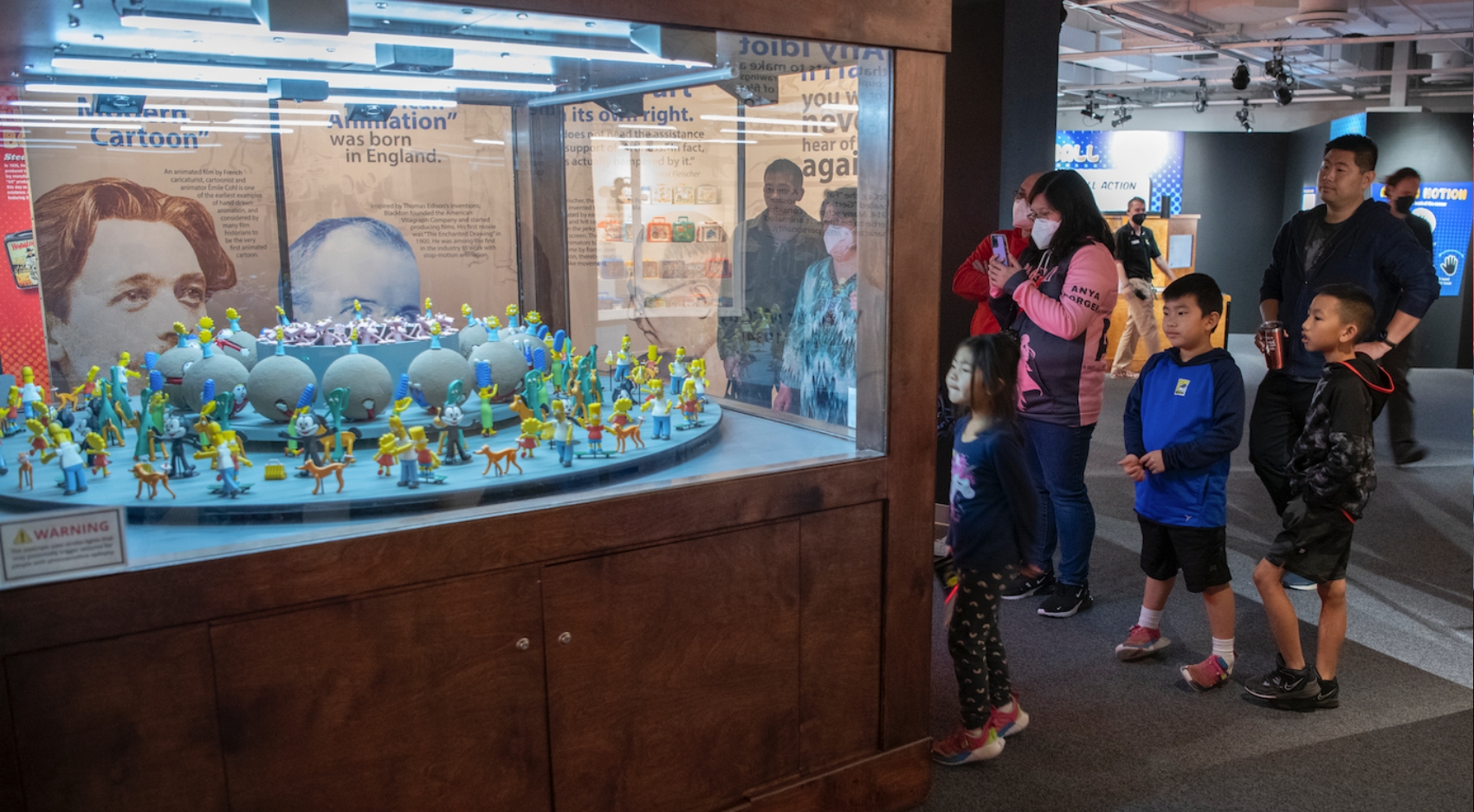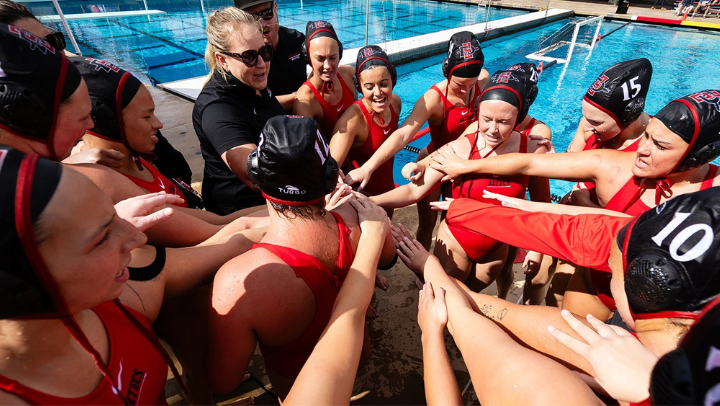SDSU Experts to Discuss History of Animation at Comic-Con Museum
Pop Culture Science series returns to Balboa Park on February 25 with a panel discussion featuring faculty from SDSU's Center for Comics Studies.

Is animation a purely modern invention, or does it have roots in prehistory? How did magic lanterns — a precursor to animation — reinforce the cultural norms, gender roles and stereotypes of previous centuries? Does animated storytelling influence children’s emotional development? And why is it that some animated films have the power to make grownups cry?
Those are some of the questions comics experts from San Diego State University and the San Diego community will ponder on Saturday, February 25 during “Cave Paintings to Comics: A Brief History of Animation,” a panel discussion at the Comic-Con Museum in Balboa Park.
“While animation as many think of it — Saturday morning cartoons and Disney movies — is relatively new, the artistic impulse to breathe life into static images is arguably as old as art itself,” said historian Beth Pollard, co-director of SDSU’s Center for Comics Studies.
She and two other comics experts affiliated with the center will participate on the panel. Pollard will trace animation’s deepest roots from the Paleolithic era through the first millennium CE. Archivist and special collections librarian Amanda Lanthorne will introduce the audience to magic lanterns and their influence on the animated films we’re more familiar with today.
Neil Kendricks, a lecturer in SDSU’s School of Art and Design, plans to discuss how animation studios such as Pixar use storytelling to keep both children and adults transfixed. Also joining the panel will be TJ Shevlin — a product development coordinator for Marvel’s Upper Deck Entertainment and an instructor at San Diego’s Little Fish Comic Book Studio — who will address the intimate relationship between comics and animation.
The panel will be moderated by local science writer and co-host of the podcast Star Warsologies, Melissa Miller.
The discussion will complement the museum’s current exhibition, Animation Academy: From Pencils to Pixels, and is co-hosted by the Fleet Science Center as part of the Pop Culture Science series.
“It’s a very unique panel that puts together a wonderful perspective on animation and where it came from,” said Rita Vandergaw, executive director of the Comic-Con Museum. “Not only do you hear the discussion, then you can go out and see how it came to life through the exhibit.”
The panel discussion comes at a time when SDSU is expanding its comics-focused class offerings, and plans are afoot to offer a certificate in comics studies starting next year, according to Pollard.
“While the library’s huge collection of comics is available to the public who come to us, we want to get out to events like this and spread the word about what’s happening with comics at SDSU,” she said. “Faculty affiliated with SDSU’s Center for Comics Studies aim to share what we’re doing in our research and our teaching with the broader San Diego community.”
Working together with SDSU is a natural partnership, according to Vandergaw. “It's critical to our success to work in a collaborative manner to bring the best entertaining, educational and informative programs we can.”
Two additional animation-themed Pop Culture Science panels are in the works for May and August, and the organizers hope to present panels on a quarterly basis to accompany the Comic-Con Museum’s future exhibitions.
The panel discussion, “Cave Paintings to Comics: A Brief History of Animation” is at 2 pm on Saturday, February 25 at the Comic-Con Museum in Balboa Park, 2131 Pan American Plaza. Attendance is free with admission to the museum.



